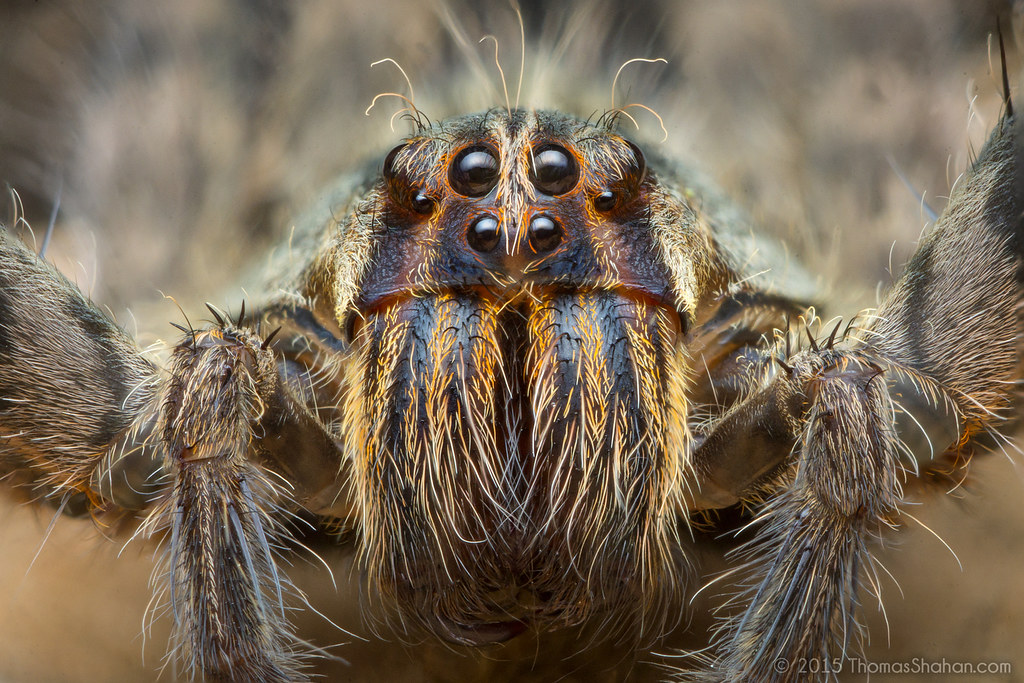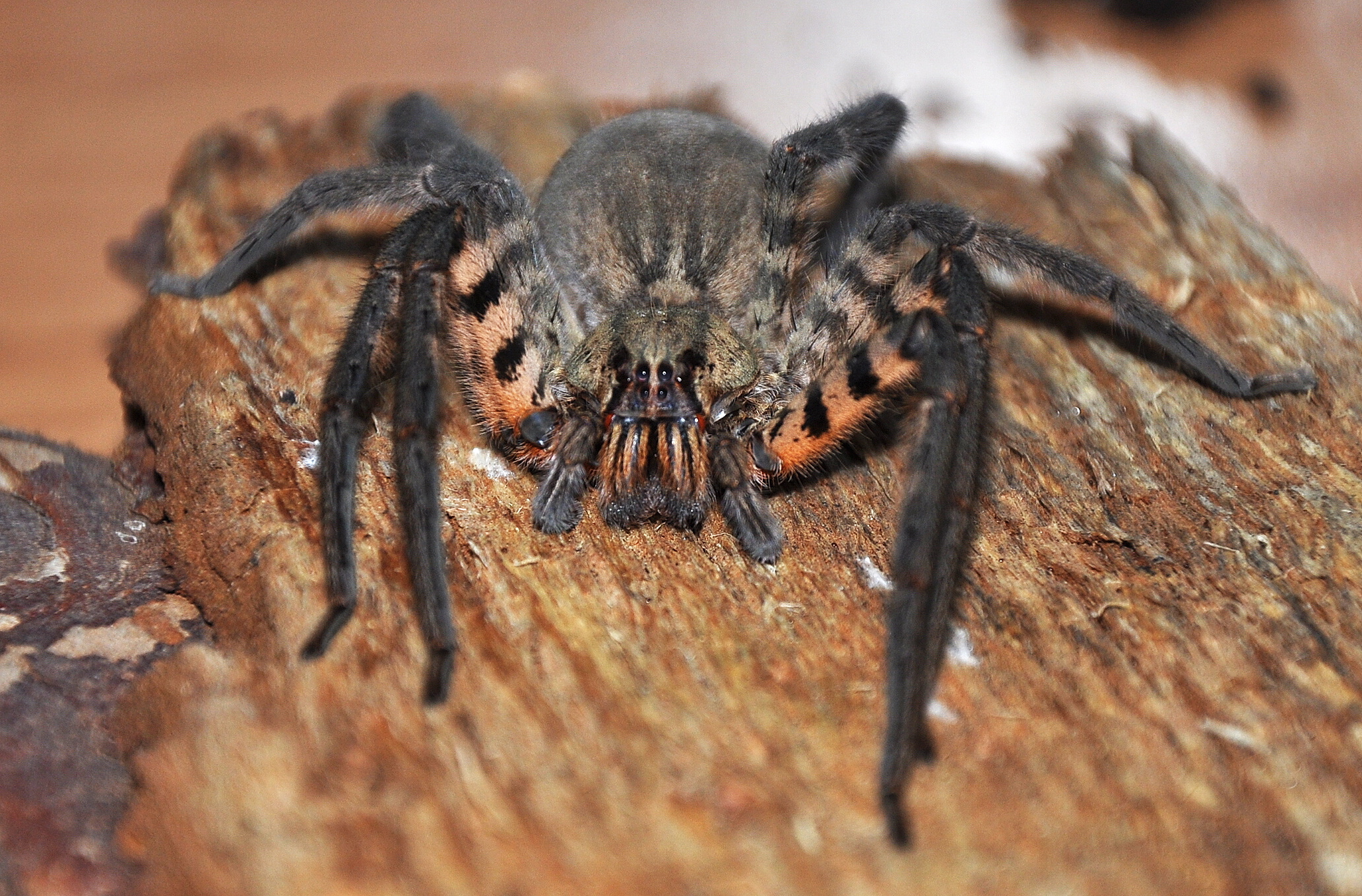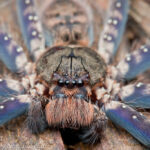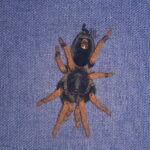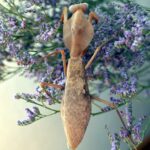Description
Tiger Bromeliad Spider – Cupiennius salei for Sale
Cupiennius salei, commonly called the tiger bromeliad spider, are large bodied, actively-hunting spiders that are part of the family Trechaleidae. They are found in Central America and Mexico, while other species in the genus are also found in various parts of South America.
Tiger Bromeliad Spider- Cupiennius salei Ref: Wikipedia
Cupiennius salei, commonly called the tiger bromeliad spider, are large bodied, actively-hunting spiders that are part of the family Trechaleidae. They are found in Central America and Mexico, while other species in the genus are also found in various parts of South America. They are visually similar to another group called wandering spiders (but also see that diverse kinds often get mistakenly called banana spiders[1]). More precisely, this species naturally occurs in Eastern Mexico, Guatemala, Belize, Honduras, Nicaragua and possibly into northwestern Costa Rica. Yet, it has also been introduced to various parts of the world either by accidental imports (such as in the early 20th century from banana plantations), or deliberately introduced elsewhere as either a laboratory model organism or an exotic pet. However, it has not yet been recorded as established in the wild outside of its native Mexico and Central America.
In the mid-1950s it was realised that the spider is an ideal model for biological research because of its large size, inactive behaviour, and ease of breeding in laboratories. From an initial 1963 publication on its biological characteristics, it has become the most studied species of spider.[2][3]
As with most spiders, it uses venom to subdue its prey, but its bite is not medically significant for humans, therefore should not be considered dangerous. The compounds of the venom have also become one of the most studied among those of spiders. Due to studies, its venom is now known to include complex Neurotoxins, such as cupiennins and CSTX. In particular, a peptide called CsTx-1 is highly potent for paralysing its prey.[4][5] As the spider does not produce a web for trapping prey, their bite effect plays an important part of their hunting strategy alongside grasping with the chelicerae, forelegs and pedipalps. Both ambush and pursuit are key parts of active prey capture. It is known to prey on a wide range of invertebrates especially insects, and small vertebrates.
Try the ‘Sling Starter Kit‘ to keep your gorgeous new sling in 😀 Every new pet should have an awesome new home to live in! More general information about this species can be found here.

